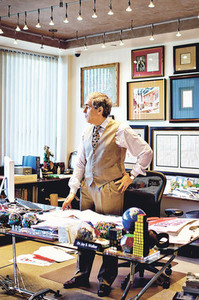(p. 249) In a letter Orville Wright wrote to his inventor friend Henry Ford, Wright recounts a story he heard from a missionary stationed in China. Wright told Ford the story for the same reason I tell it here: as a cautionary tale about speculative risks. The missionary wanted to improve the laborious way the Chinese peasants in his province harvested grain. The local farmers clipped the stalks with some kind of small hand shear. So the missionary had a scythe shipped in from America and demonstrated its superior productivity to an enthralled crowd. “The next morning, however, a delegation came to see the missionary. The scythe must be destroyed at once. What, they said, if it should fall into the hands of thieves; a whole field could be cut and carried away in a single night.” And so the scythe was banished, progress stopped, because nonusers could imagine a possible–but wholly improbable–way it could significantly harm their society.
Source:
Kelly, Kevin. What Technology Wants. New York: Viking Adult, 2010.






